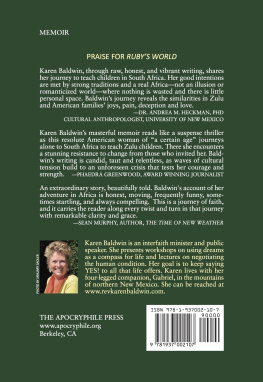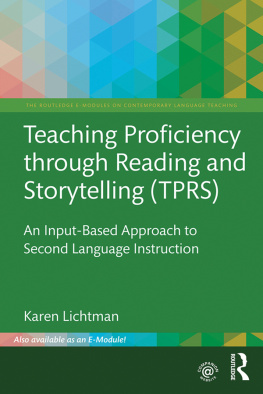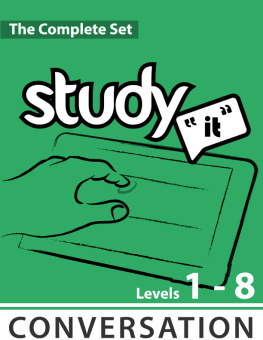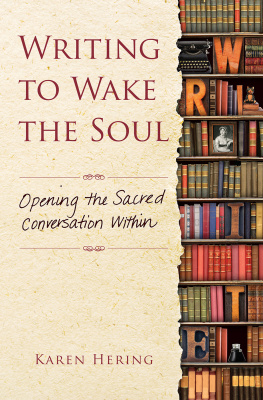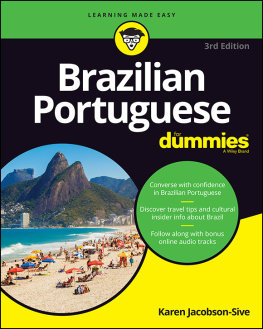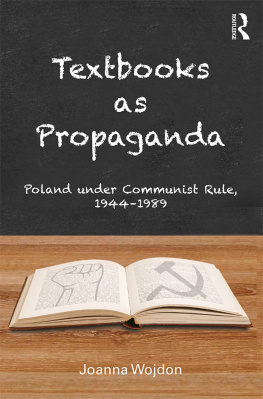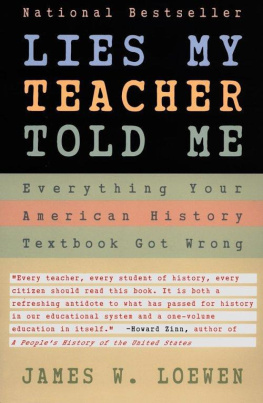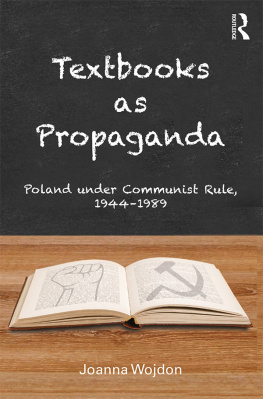Representations of the W orld in L anguage T extbooks
LANGUAGES FOR INTERCULTURAL COMMUNICATION AND EDUCATION
Series Editors : Michael Byram , University of Durham, UK and Anthony J. Liddicoat , University of Warwick, UK
The overall aim of this series is to publish books which will ultimately inform learning and teaching, but whose primary focus is on the analysis of intercultural relationships, whether in textual form or in peoples experience. There will also be books which deal directly with pedagogy, with the relationships between language learning and cultural learning, between processes inside the classroom and beyond. They will all have in common a concern with the relationship between language and culture, and the development of intercultural communicative competence.
All books in this series are externally peer-reviewed.
Full details of all the books in this series and of all our other publications can be found on http://www.multilingual-matters.com, or by writing to Multilingual Matters, St Nicholas House, 31-34 High Street, Bristol BS1 2AW, UK.
LANGUAGES FOR INTERCULTURAL COMMUNICATION AND EDUCATION: 34
Representations of the W orld in L anguage T extbooks
Karen R isager
MULTILINGUAL MATTERS
Bristol Blue Ridge Summit
DOI https://doi.org/10.21832/RISAGE9559
Library of Congress Cataloging in Publication Data
A catalog record for this book is available from the Library of Congress.
Names: Risager, Karen - author.
Title: Representations of the World in Language Textbooks/Karen Risager.
Description: Bristol; Blue Ridge Summit, PA: Multilingual Matters, [2018] | Series: Languages for Intercultural Communication and Education: 34 | Includes bibliographical references and index.
Identifiers: LCCN 2017041987| ISBN 9781783099559 (hbk : alk. paper) | ISBN 9781783099542 (pbk : alk. paper) | ISBN 9781783099580 (kindle) | ISBN 9781783099566 (pdf) | ISBN 9781783099573 (epub)
Subjects: LCSH: Language and languages--Textbooks--Evaluation. | Cultural pluralism in textbooks. | Multicultural education. | Language and culture.
Classification: LCC P53.412 .R57 2018 | DDC 418.0071dc23 LC record available at https://lccn.loc.gov/2017041987
British Library Cataloguing in Publication Data
A catalogue entry for this book is available from the British Library.
ISBN-13: 978-1-78309-955-9 (hbk)
ISBN-13: 978-1-78309-954-2 (pbk)
Multilingual Matters
UK: St Nicholas House, 31-34 High Street, Bristol BS1 2AW, UK.
USA: NBN, Blue Ridge Summit, PA, USA.
Website: www.multilingual-matters.com
Twitter: Multi_Ling_Mat
Facebook: https://www.facebook.com/multilingualmatters
Blog: www.channelviewpublications.wordpress.com
Copyright 2018 Karen Risager.
All rights reserved. No part of this work may be reproduced in any form or by any means without permission in writing from the publisher.
The policy of Multilingual Matters/Channel View Publications is to use papers that are natural, renewable and recyclable products, made from wood grown in sustainable forests. In the manufacturing process of our books, and to further support our policy, preference is given to printers that have FSC and PEFC Chain of Custody certification. The FSC and/or PEFC logos will appear on those books where full certification has been granted to the printer concerned.
Typeset by Deanta Global Publishing Services Limited.
Printed and bound in the UK by the CPI Books Group Ltd.
Printed and bound in the US by Edwards Brothers Malloy, Inc.
Contents
What images of culture, society and the world do we find in language teaching and learning? This question has guided me in all my academic work, including the monographs Language and Culture: Global Flows and Local Complexities (Risager, 2006) and Language and Culture Pedagogy: From a National to a Transnational Paradigm (Risager, 2007). In the present book, I want to deal with this question in a concrete manner as I focus on the analysis of a number of language textbooks with special reference to their cultural representations: their images of culture, society and the world, including language as an integral part of culture and society.
My central point is that an analysis of culture in textbooks has to be specific about what theoretical approaches are drawn upon, and therefore I distinguish between a number of different approaches: national studies, citizenship education studies, Cultural studies, postcolonial studies and transnational studies. For each of the five approaches, I list a number of analytical questions that may guide the analysis of any language textbook. The methodology is useful for the analysis of other language learning materials as well, and also, in my view, for the analysis of other subjects and areas of education. In a sense, it is a way of analysing and reflecting on what directions intercultural competence takes or could take.
The textbooks selected are drawn from six different languages: English, German, French, Spanish, Danish and Esperanto. It is an important point to try to include many languages as they exemplify different traditions and perspectives. It is also a way of unfolding my own interest in multilingualism.
When I went to school in Denmark in the 1960s, I had the wonderful opportunity of making the acquaintance of a number of different languages: English, German, French and Latin, and I studied Dutch on my own. Norwegian and Swedish were very easy to learn to read as these languages are closely related to Danish. In the years around 1970, I studied General Linguistics and French at the University of Copenhagen, and during those years I acquired some (restricted) knowledge of a number of other languages: Ancient Greek, Sanskrit, Vedic, Russian, Classical Nahuatl (the language of the Aztecs), Quechua and Basque. Later on, I studied Esperanto and Spanish, and a little bit of Portuguese and Italian. I experienced how being able to read texts in a language may give access to discourses of the world that are influenced by the position of that particular language and its users in world history.
My interest in language teaching, and also in theories of culture and in studies of the world order, stems from my work at Roskilde University. All of my professional life I have been attached to Roskilde University, one of the reform universities created in the 1970s, characterised to a large extent by interdisciplinarity, problem orientation and study work in groups with supervisors. I first had a post in Language pedagogy with special regard to French, and I started my research projects on the cultural, social and political dimensions of language teaching. Later on, I was attached to International Development Studies and gained further insight into theories of development and globalisation. In 2000, I was (co-)founder of Cultural Encounters, which focuses on critical intercultural studies with a team of teachers/researchers from postcolonial/decolonial studies, cultural sociology, Cultural studies, anthropology, the sociology of religion, language and culture studies, and gender and sexuality studies. Hence my interdisciplinary orientation.
During the elaboration of this book I received constructive criticism, encouragement and suggestions from many colleagues and friends, some of whom are specialists in the fields of English, German, French, Spanish, Danish and Esperanto studies: Lis Ramberg Beyer, Kirsten Bjerre, Heidi Bojsen, Michael Byram, Petra Daryai-Hansen, Susana Silvia Fernndez, Karen-Margrete Frederiksen, Annegret Friedrichsen, John Gray, Hartmut Haberland, Anne Holmen, Lars Jensen, Mads Jakob Kirkebk, Bergthra Kristjnsdttir, Anthony J. Liddicoat, Isabel Olesen, Michael Svendsen Pedersen, Kirsten Holst Petersen, Ileana Schrder, Klaus Schulte, Julia Surez-Krabbe, Lone Krogsgaard Svarstad, Louise Tranekjr and an anonymous reviewer. I am most grateful to them all. I want to express my special thanks to Karen Sonne Jakobsen who was the first reader during the whole writing process and with whom I had so many inspiring discussions.


